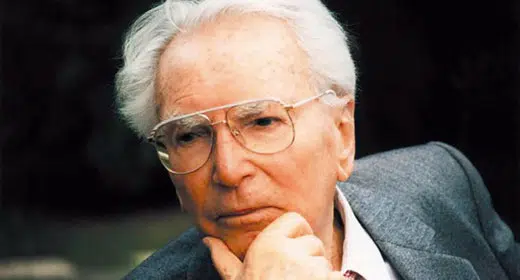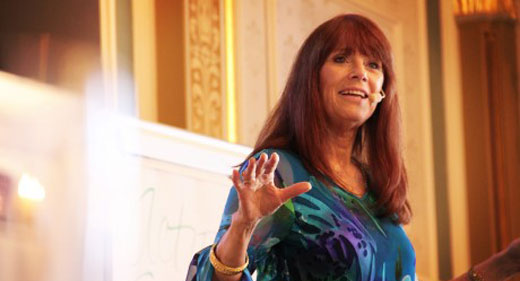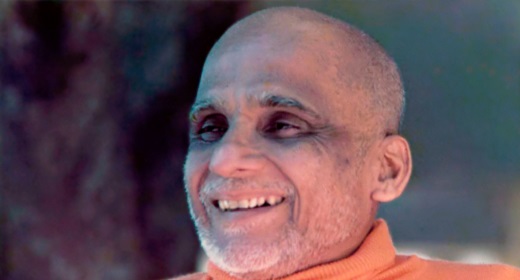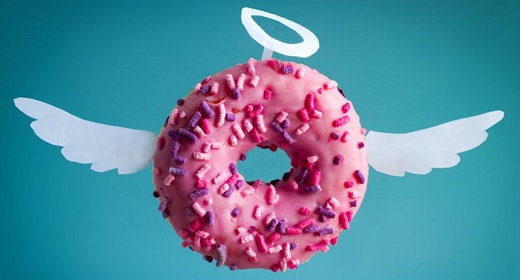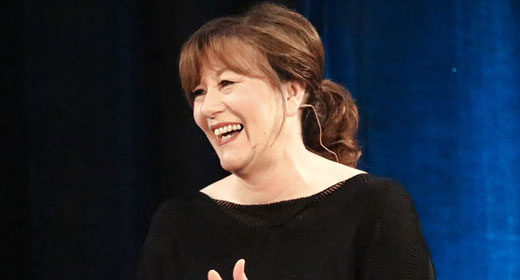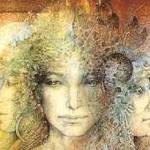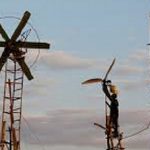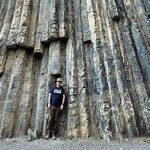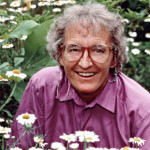by Rabbi Rami Shapiro: Donuts can teach us a deep lesson about our brains and how to cease the internal chatter…
A kōan is a question or statement used by a Zen master to test the quality of a student’s awakening. What is the sound of one hand clapping; show me your face before your parents were born; where is the hole after the donut is eaten? are three classic examples. Well, not all three are classics: The last one I made up. But I like it, so let’s go into it nonetheless.
For argument’s sake, let’s put aside the kōan’s implied and somewhat controversial notion that a donut without a hole isn’t a donut: It may be a cruller, a Bismark, a beignet, a churro, a sufganiyah, or any other named piece of fried dough, but it isn’t a donut. Not everyone agrees with me on this, but since the kōan doesn’t work without it, I will ignore these donut skeptics and move on to another crucial aspect of the kōan. That is, which comes first: the ring or the hole?
Since a donut without a hole isn’t a donut (remember we are ignoring all donut skeptics) you might say the hole comes first. Yet, since the hole without the ring of dough isn’t a hole but simply unbounded empty space, you might say the ring comes first. But, since a ring without a hole is a slab of dough and not a ring you might say the hole comes first. The truth is neither comes first. Since the ring needs the hole to be a ring, and the hole needs the ring to be a hole, the ring and hole arise together. In Buddhism this is called pratītyasamutpāda or “dependent co–arising.” What is true of a donut is true of you as well.
Your ring of dough is your brain with its endless chatter of thoughts, feelings, and sensations. Your hole is your ego with its endless commentary on those thoughts, feelings, and sensations. Given this, you are confronted with a second kōan: Where does the ego go when the brain is silent? Whether we are talking about a donut hole when the ring of dough is eaten or an ego when the brain is silent, the answer is the same: nowhere.
When the brain is silent, when thoughts, feelings, and sensations cease, the ego ceases as well. When there is nothing to comment upon, the commentator fails to arise.
My own “experience”* of silent brain, necessarily constructed after the event had passed, tells me that when the brain is silent, the ego is absent and yet consciousness continues. There is consciousness without any comment; a profound stillness when life simply happens without me. And when “me” does return it is always accompanied by a deeper connection to and compassion for all life.
My “experiences” of silent brain have always been serendipitous. In the most recent case, I was talking with my teacher, Prasanna. Apropos of nothing, he asked me a question—Are you?—and the donut was consumed and the hole erased.
Since I know of no surefire method for silencing the brain, I suggest you do the following: The next time you sit down to eat a donut, notice the dough and the hole co-arising. Then take a bite and ask yourself: Where is the hole after the donut is eaten?
*Experience is in quotes because experience implies an experiencer, and there was no experiencer in this “experience.” Limits of language.

